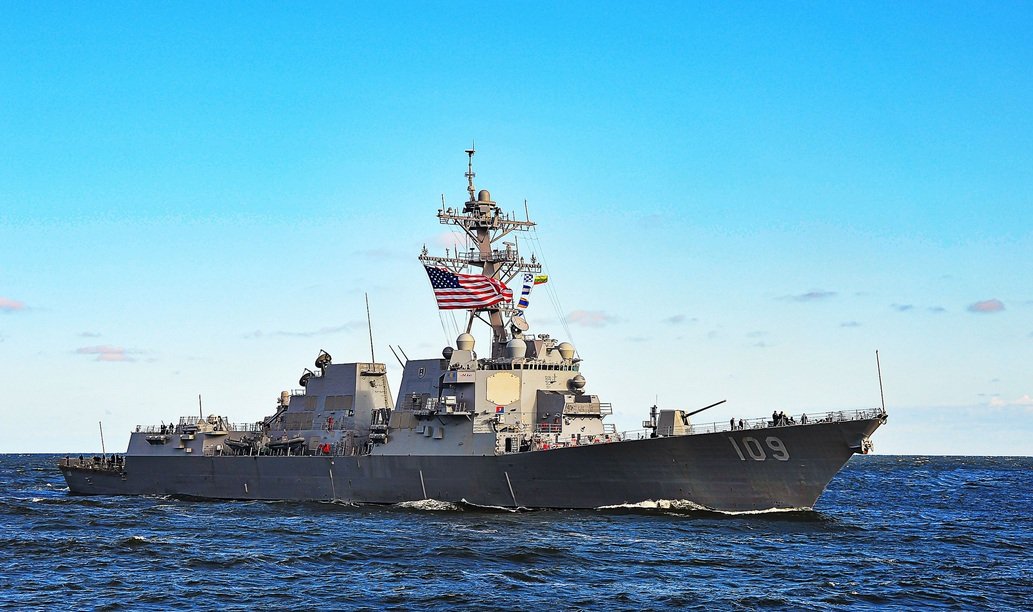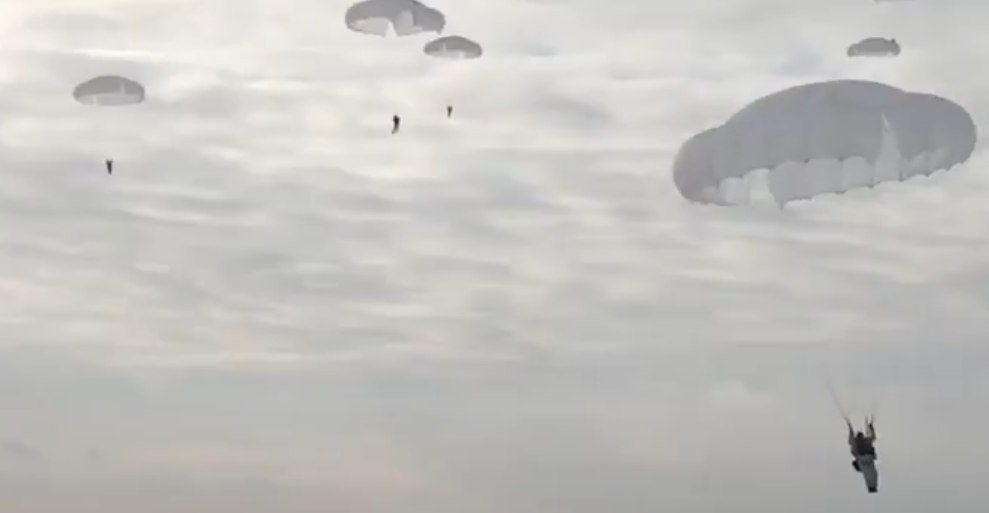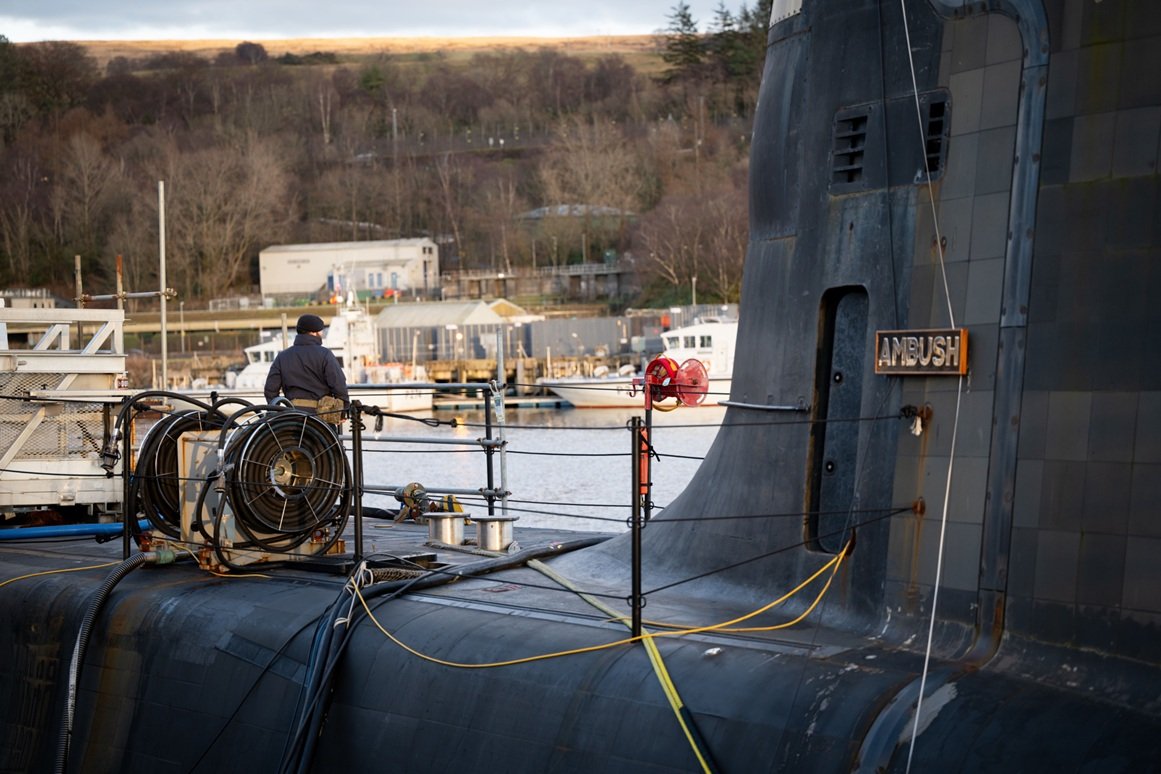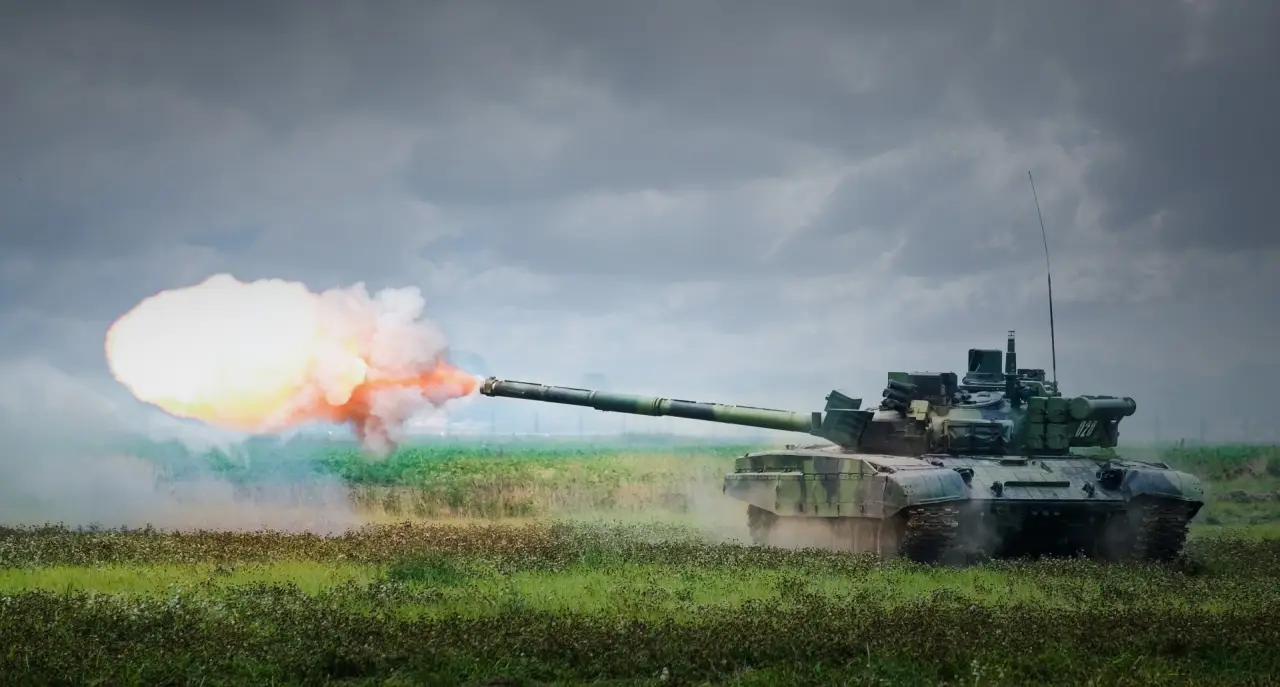
2S44 Giacint-K Wheeled Howitzers: Russia’s Response to Artillery Losses and Drone Threat
The new Russian self-propelled artillery system, the 2S44 Giacint-K, which combines the chassis of the 2S43 Malva wheeled howitzer and the 2A36 Giacint-B cannon, moved from parade grounds and training ranges to the front lines in the Donetsk and Zaporizhia regions during 2025. The move demonstrates Moscow’s growing desire to rapidly boost the firepower of its troops, but at the same time reveals the limits of wheeled artillery in an era of mass deployment of unmanned aerial vehicles.
When the first footage from a Russian Defense Ministry training exercise emerged in late December 2024, showing a previously unknown artillery system on a wheeled chassis, analysts immediately noted its resemblance to the 2S43 Malva howitzer. The difference, however, lay in the gun itself: instead of the Msta cannon-howitzer, the 152mm 2A36 Giacint-B gun, known from Soviet towed guns and 2S5 self-propelled guns, was mounted here. Shortly afterwards, in February 2025, a report by the Rossiya 1 television station confirmed that it was a new type of self-propelled howitzer, designated 2S44 Giacint-K.
Its creation was not accidental. During the “special military operation”, Russia lost thousands of artillery systems, and production capacities were unable to replenish stocks in time, especially for more modern self-propelled howitzers. The solution was improvisation: using existing chassis and stocks of towed guns, which made it possible to quickly produce a new platform. The result is the 2S44 Giacint-K, a simple system, but capable of providing units with a longer range and better mobility than classic towed guns.
In the spring of 2025, this howitzer was rather a rarity – it appeared at a parade in Moscow and during training at the Mikhailov Military Artillery Academy. However, in the summer, the situation changed. Independent sources and footage from social networks confirmed that the Giacint-K was included, for example, in the armament of the 238th Separate Artillery Brigade and first appeared directly on the front. There, it also received improvised accessories in the form of mesh armor and cage structures against drones – a clear signal that mobility alone is no longer enough in the conditions of the modern battlefield.
Technical parameters and design compromises
The BAZ-6910-027 chassis provides the system with good road speed (official figures indicate up to 80 km/h) and extensive logistical unification with other wheeled platforms. The YaMZ-849 engine (approximately 500 hp) and a weight of about 18–20 tons make the 2S44 a relatively light and fast machine for road and short-range movements. This is an advantage when quickly moving batteries by rail or road to new firing positions. On the other hand, the architecture with an open gun mount saves time and costs during assembly, but at the same time offers only limited ballistic protection for the crew and mechanisms. In the 2S44, the pragmatic choice of mount was balanced by a number of improvised protective structures, which indicates that both the manufacturer and the user are aware of the weaknesses of the open mount — especially in environments where there is a risk of UAV targeting the breech and the area of loading drones-charges.
The 2A36 Giacint-B gun is a strong choice in terms of ballistics: the original design allows for working with a larger chamber and a stronger charge, which gives a better range than some alternative 152mm systems. In practice, the practical range of the 2S44 is reported to be approximately 29–40 km, depending on the type of ammunition; some claims (both Russian and unofficial) speak of a range of up to 50 km with advanced active-reactive ammunition. The main advantage of the “modular” approach is speed: by using a mass-produced chassis and existing main guns (sometimes taken from storage), the time from decision to deployment can be shortened. This allows for a relatively rapid replenishment of firepower for units that urgently need it. Furthermore, such a design reduces dependence on completely new production of gun barrels, which may be limited in production. Rostec and other state entities have explicitly mentioned in several interviews and reports that the Giacint-K was created from available components and with an emphasis on accelerating deliveries to units.
Frontline Deployment — From Demonstration to Practice
The 2S44 Giacint-K system has gradually moved from its initial “representative” stage — footage from training and parades — to documented combat conditions. The first official video, where a variant of the wheeled system appeared on a polygon, was published by the Russian Ministry of Defense in late 2024. Since then, additional footage from exercises and May parades has appeared, showing vehicles without improvised protections. The transition to actual deployment is confirmed by independent media reports and open-source footage published during 2025. Analytical and news articles, supplemented by video footage from operations, recorded the first confirmed use of the 2S44 in the operational area (Donetsk / Zaporizhia region) and also mentioned the inclusion of some units in units such as the 238th Separate Artillery Brigade. These materials show that the Giacint-K has moved from testing and demonstration to an operational firepower for several units. Visual sources from the front are supplemented by short combat videos and footage shared on social media and military intelligence channels. During the summer and early September 2025, clips appeared showing the 2S44 in action — in some cases, pairs of vehicles firing in an open field, in other cases, images of convoys or static firing positions.
One practical change from early public presentations also stands out from the front-line footage: many of the units in the combat footage are equipped with improvised protective features — mesh covers and cage structures surrounding the cabin, gun carriage, and sides of the vehicle. Such accessories were not widely seen on display, indicating that field users are adding protection in response to combat experience — particularly the threat of small attack drones targeting the breech or loading area. These accessories appear regularly in videos and are therefore part of the operational standard for some deployed units. The operational use is in some cases remarkable. Recent footage shows pairs or smaller groups of Giacint-Ks occupying firing positions with some space between them and conducting concentrated fire. In the context of the current battlefield, where the enemy has rapid counter-battery reconnaissance and FPV attacks, such a style is not typical — modern artillery often tends to be more dispersed and minimizes time spent in open firing positions. The fact that the Giacint-K sometimes fires “from the open field” and in tandem or “battery” points to both a tactical choice (the advantage of longer range or concentration of fire) and the risks associated with the current combat environment.
Improvised protection against drones — “cages” and mesh armor
With the rapid emergence of cheap FPV attack drones and more sophisticated unmanned vehicles on the battlefield, Russian units are trying to adapt traditional artillery to a new threat. In the case of the 2S44 Giacint-K, this process has been clearly manifested: photographs and footage from the front show vehicles modified with frame structures, metal grilles and suspended mesh panels that cover the cabin, gun carriage and sides of the chassis. The textiles and metal mesh serve primarily to reduce the effectiveness of small charges carried by FPV drones and to shade key parts, such as the breech or loading area, which are frequent targets of these attacks.
But protection is not without compromise. In the Giacint-K, according to available visuals, the covers often do not cover tightly around the breech — the loading area remains partially exposed or only a light net is stretched over it, which needs to be folded or rolled up when firing. This means that when the shot is fired, the critical part is temporarily exposed, and in some versions of the protection it is necessary to raise the net, which increases the preparation time for firing and reduces the ability to quickly leave.
Another disadvantage is weight and aerodynamics. Adding frames and nets increases the overall weight and can negatively affect stability when driving in terrain; solid sheet metal elements worsen logistics (larger dimensions, longer assembly work). The main tactical risk, however, is that physical protection undermines the key advantage of a wheeled system — immediate mobility. When it is necessary to quickly move away from a firing position after firing before the enemy locates and engages — additional protection slows down the departure and makes the vehicle an easier target. In practice, a paradox arises: protection against drones increases the chance of survival in a static position, but reduces the ability to avoid rapid direct retaliatory fire. Direct evidence of the effectiveness of these nets is still mixed, but there are real examples that suggest that physical barriers can be useful. In Ukrainian guns, for example, the French Caesars, improvised protective elements have shown that in some cases the vehicle survived an attack by an FPV drone that would otherwise have caused serious damage. This provides an empirical reason why Russian units are also experimenting with similar solutions to Giacint-K. However, qualitative differences in the design, deployment and air defense system determine the real added value of these barriers.
In addition to passive “cages”, there are a number of other measures that units combine: the deployment of short-term system EW (jamming/interception), coordination with air cover (ATGM, small air defense systems), physical camouflage and rapid firing and movement procedures. However, some of these means are more technologically demanding (EW, radar systems), and in conditions of intense combat and limited resources, cheap and quickly implementable modifications of the net and frame type are therefore preferred. From the point of view of tactical learning, it is crucial that improvised protections are not a universal solution — rather, they complement a comprehensive set of measures. On the one hand, they increase the probability of survival in the short term; On the other hand, they point to a broader weakness of wheeled artillery systems in contemporary combat: without functional anti-aircraft cover and rapid reconnaissance, even modified wheeled howitzers remain at risk. This explains why some units prefer to keep the Giacint-K in relatively more conservative (seated) fire follow-up modes — accepting less mobility in exchange for a higher chance that ammunition will be delivered and the system will not lose functionality.

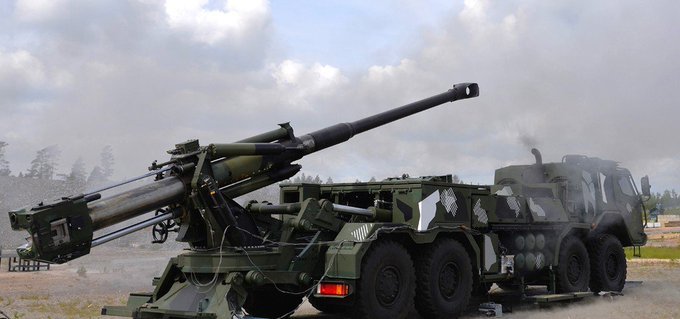
Martin Scholz



